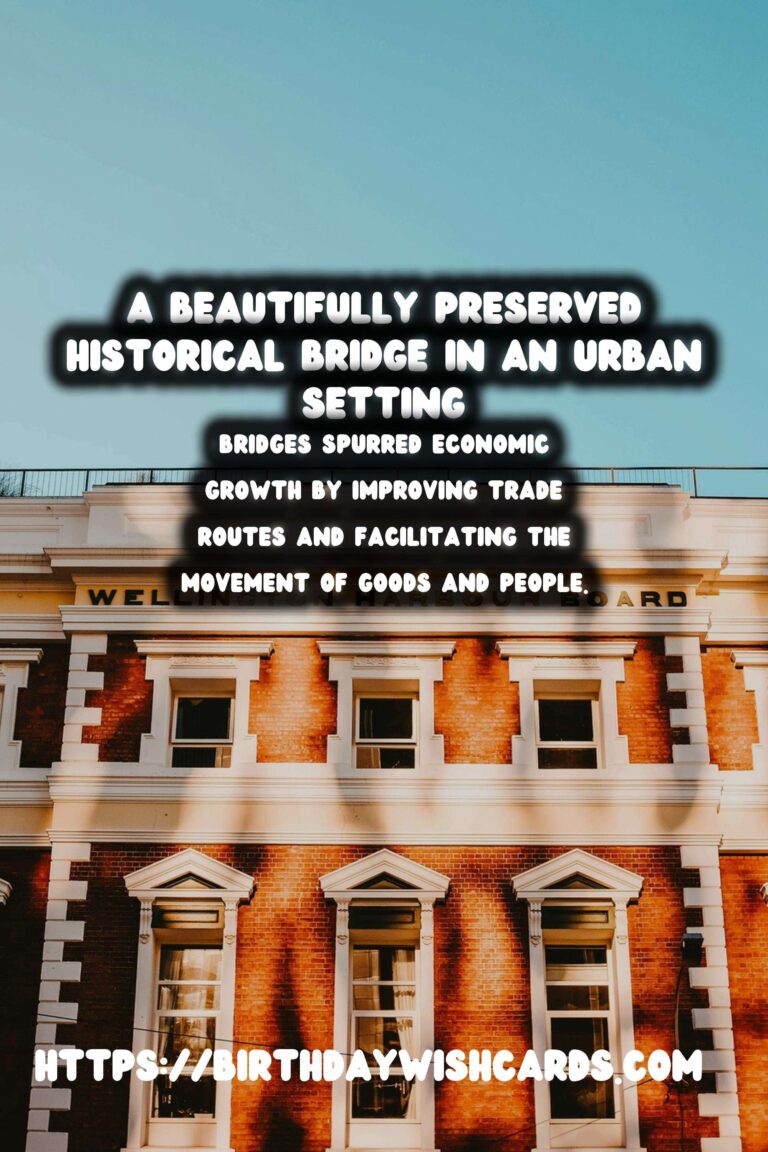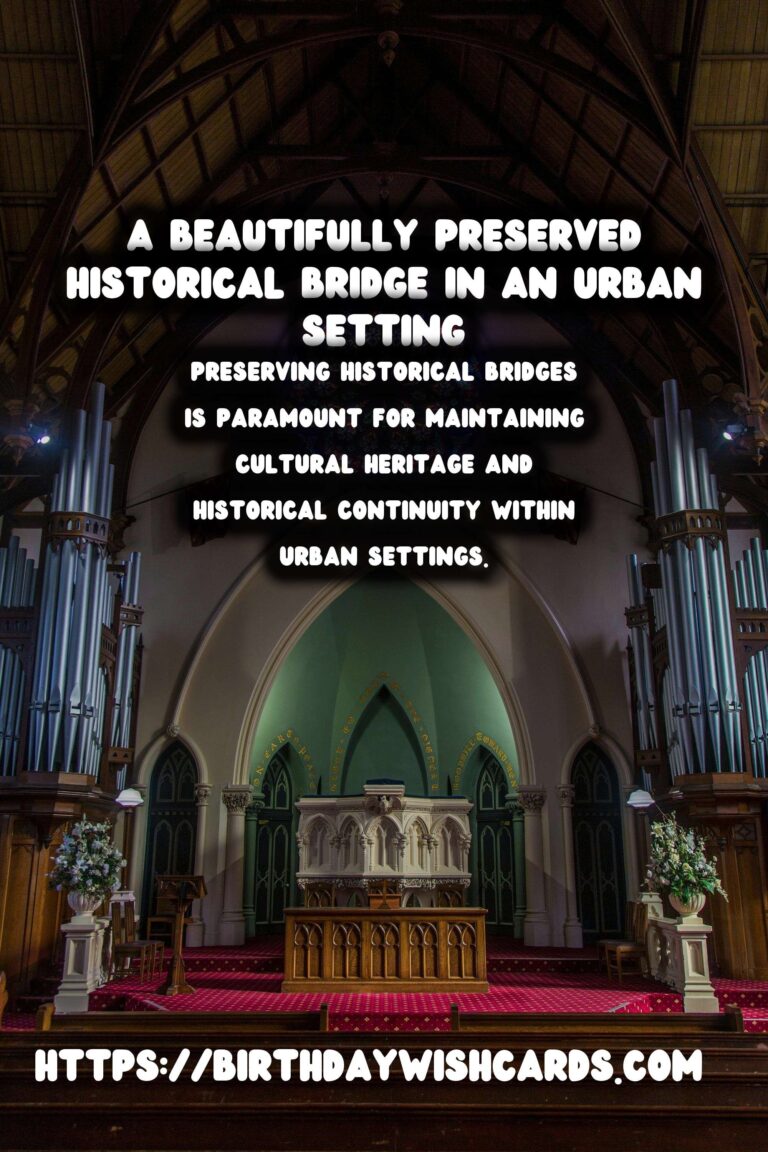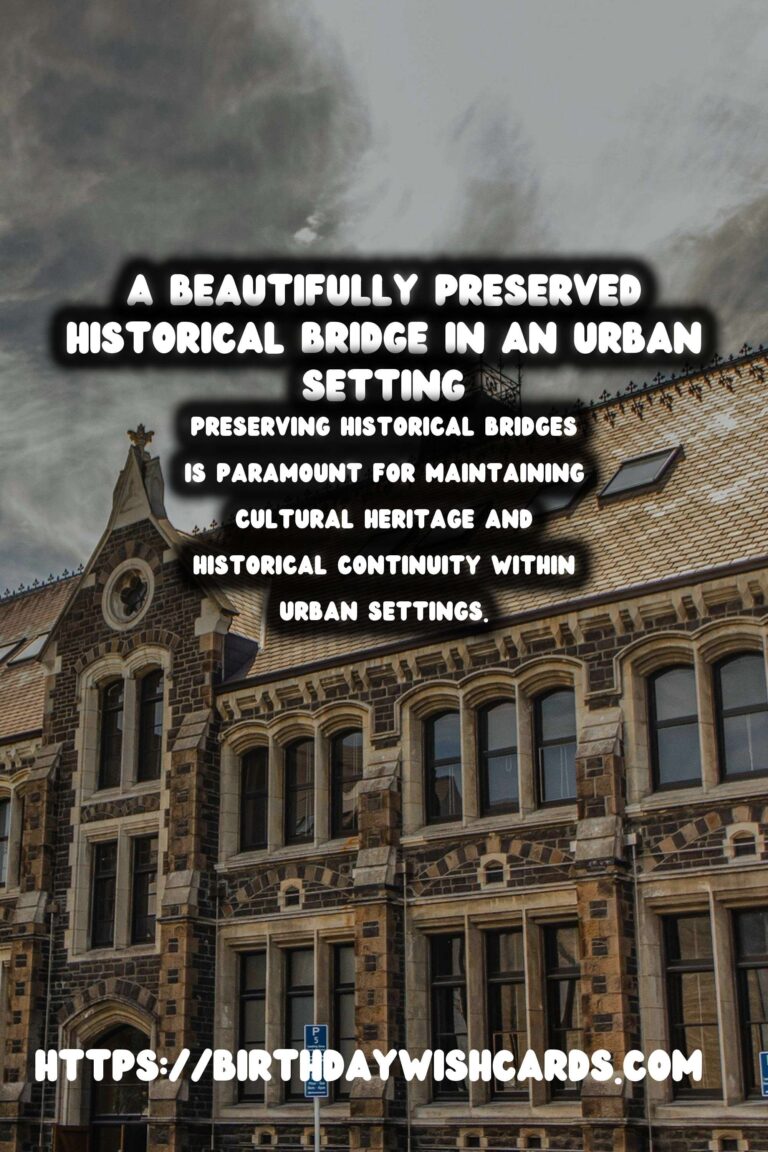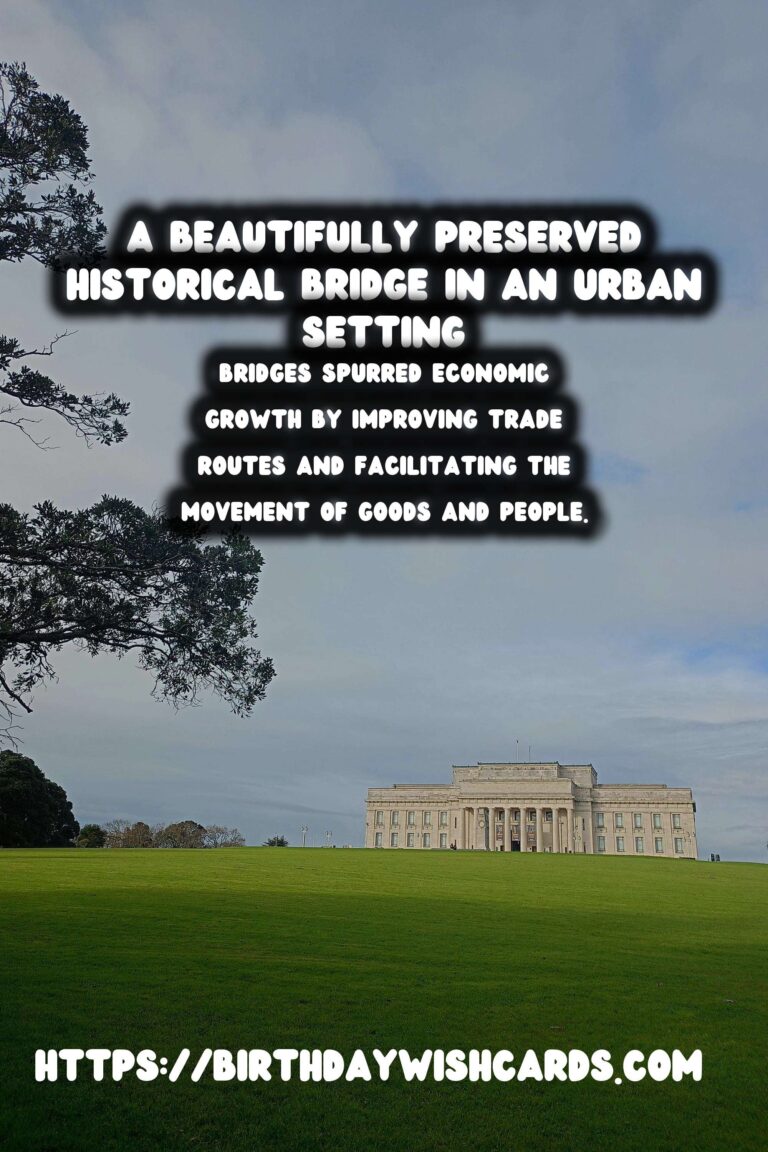
Bridges have been central to human civilization since the earliest times. They served not only as crucial physical connectors but also as catalysts for economic and social development. This article delves into the profound impact of historical bridges on urban environments and their continued significance today.
The Evolution of Bridges in Urban Landscapes
The inception of bridges dates back to ancient times, where rudimentary structures were used to traverse rivers and ravines. Over centuries, the architecture and engineering behind bridge construction evolved, paving the way for more complex and enduring structures.
In early urban settlements, bridges were often constructed using local materials such as stone, wood, and later, iron and steel. This evolution reflected the technological advancements of the period and the growing demands of expanding urban landscapes.
The Economic Impact of Historical Bridges
Bridges spurred economic growth by improving trade routes and facilitating the movement of goods and people. The construction of famous structures such as the London Bridge, the Charles Bridge in Prague, and the Brooklyn Bridge in New York not only helped connect critical parts of cities but also stimulated local economies.
These bridges reduced transportation costs, shortened travel times, and, in many cases, became iconic landmarks that drew travelers and trade to the regions, thus boosting local commerce and industrial growth.
Socio-Cultural Significance
Beyond their economic benefits, historical bridges have also played an integral role in shaping the cultural and social dynamics of urban areas. They were places where people congregated, markets thrived, and cultures mingled.
As architectural marvels, bridges often became symbols of the cities they inhabit. Structures like the Ponte Vecchio in Florence and the Rialto Bridge in Venice are prime examples of bridges that contribute to a city’s identity, attracting tourists from around the globe.
Bridges and Urban Planning
In terms of urban planning, bridges are vital elements that influence the flow of traffic, the configuration of city layouts, and the development of surrounding areas. Bridges need to be strategically placed to minimize congestion and optimize accessibility across urban landscapes.Modern urban planners draw inspiration from historical installations to devise infrastructures that not only facilitate transport but also enhance urban aesthetics.
The Preservation of Historical Bridges
Preserving historical bridges is paramount for maintaining cultural heritage and historical continuity within urban settings. These structures tell stories of the past, representing the evolution of cities and civilizations. Preservation concerns extend to maintaining structural integrity while adapting to contemporary urban needs.
Cities across the world have undertaken extensive restoration efforts to preserve their historical bridges, ensuring they remain a part of the urban fabric for future generations to appreciate.
Conclusion
Historical bridges are more than just physical structures; they are chapters in the urban narrative, linking past and present. As cities continue to grow and modernize, maintaining and celebrating these engineering masterpieces ensures that they will remain pivotal parts of urban life.Whether as practical infrastructures or cultural landmarks, historical bridges will continue to shape the urban development landscape well into the future.
Bridges spurred economic growth by improving trade routes and facilitating the movement of goods and people. Preserving historical bridges is paramount for maintaining cultural heritage and historical continuity within urban settings. 









#UrbanDevelopment #HistoricalBridges




